-
Posts
67 -
Joined
-
Last visited
-
Days Won
1
Content Type
Profiles
Forums
Gallery
Downloads
Blogs
Events
Store
Aircraft
Resources
Tutorials
Articles
Classifieds
Movies
Books
Community Map
Quizzes
Posts posted by Savannah Karl
-
-
Ok I’ve been busy finishing up a couple of things. I’ll try to get your questions answered. The cowling is a modified 701 cowling that came with the firewall forward kit from Viking. I had to do some work on it but I think the end product will work well. It’s very solid on the airplane now, I just have to the “pretty work” yet. As far as the weight goes I just added the ELT and a nose wheel spacer (I was unhappy with the prop clearance) and the nose wheel weight is 238.4lbs. The total weight is 778 even.
-
Some of the extra weight is of course that engine and radiator but I have added a lot of what I call lard. Extra fuel tanks, center pedestal, glove box, carpet everywhere, 2.5 gal. header tank. I think the engine by itself is about 45lbs heavier that the 912.
-
Here is a video from today, first taxi. Sorry about the video and audio timing guys but my phone does not make a very good camera. Thanks for the heads up about the nose gear and CG. (Chalk and Cheese)

-
No it's a single ECU. I did the first taxi today. Trying to upload the video.
-
 1
1
-
-
Okay guys I know it been quite a while for me but I just wanted to get you all updated on progress being made.
We did a thrust test today and here are the results.
545lbs of thrust with a Viking 130 and a 68” whirlwind spinning at 5700 rpm. I obviously have to adjust for a bigger bite but man that engine just sings. That’s a lot of thrust for a 770lb Savannah S. I know that sounds a little heavy for a Savannah but I’ve gone a little overboard on all the “extra” things I wanted. Glove box, self designed center pedestal, extended range fuel tanks among other things. I wasn’t as concerned with the final weight as some. Im very happy with the number that came in. I also figured the balance today and with no ballast were right at the forward limit of the cg assuming a 200 lb pilot (me on a good day?.) I purpose built the airplane to avoid ballast. Don’t let anyone tell you the Viking is too heavy. Great day today.
338DA743-58DE-4C91-B6F6-312DFE4A6B2D.MOV
-
We're getting there.
-
-
Hey guys I apologize for not keeping up with this but yes some progress has been made. I'm better at building than typing. The wings have been attached to the fuse and much of the avionics have been installed. I'm planning to install the transponder today or tomorrow. We will be doing a thrust test soon just to see if we can generate the kind of number that Jon has shown on the Viking forum site. I have not completed the cowling yet.Hi Mark,I thought I would ask Karl. It's been about four months since Karl has posted and it is summer where Karl is in Ohio ...with long days... and perhaps the Savannah gets lots of attention?If I can be assured that the weight and balance works out, I am still interested in fitting a Viking 130.
When you read this, Karl, I would love to hear:
1. How the weight and balance worked out.
2. The overall weight of the Savannah.
3. How well the Viking return fuel sytem works.
4. How you went with the cowl: was there a lot of adaption needed?
5. How the Savannah/Viking flies (assuming you are at this stage).
We look forward to hearing from you!
We had to move the whole production a few weeks ago to allow for space for assembly. We're at the airport now so taxi and flight testing is hopefully not too far away. What do they say, 90% done only 90% to go:) I'll let you know as soon as I get the weight and balance numbers. Pictures to follow.
-
 1
1
-
-
The FWF kit that comes from Viking includes the 701 cowling. The new cowling from ICP will not work. I'm using the 701 cowling but I haven't started that yet. I have layed the top 701 cowling on the installed engine and it looks like it's going to work well. The ICP cowling is wide enough but not tall enough.I had a hunch that the CH701 could be the same but only for the Savannah VG. But, because the XL (or VGXL) and S models are about 4 inches (100 mm) wider I thought the 701 FWF would not be suitable. It is good to know that the Viking 130 will fit straight into the Savannah S as well.My next question is about the cowling:Can the Viking 130 be enclosed by the ICP cowling without any changes?
OR, Will you use the ICP supplied one and modify it??
OR do you need a completely new cowling for this engine???
-
Hey Eighty,Thanks I did a lot of research to make sure about this before i bought the viking. As it turns out the Savannah fire wall is exactly the same as the 701 as far as the engine mount points are concerned.Fantastic! Well done Karl and family.I have been having conversations with CAA (the NZ equivalent to the FAA in the USA). I was informed that if either the aircraft kit manufacturer or the engine maker produced the Fire Wall Forward package, the plane can be entered on the New Zealand register without any drama.Savannah doesn't support the Viking, so that is out of the question. So here is my question for you: do the Viking people make a FWF package specifically for the Savannah? ...I was unable to get information from Viking about this (apart from the fact that there is at least one Savannah flying around with the older Viking 110). The Viking dealer in this country legally flies a Viking 130 in his Zenith CH 701 but that is because Viking makes an off-the-shelf FWF package for the 701.
Was there a lot of hassle fitting the 130 to the Sav?
So I bought the 701 FWF kit from Jon at Viking. Everything has bolted up nicely with the "normal" amount of wrenching.
I did beef up the engine mount Jon sent me by adding some steel angle to the bottom.
-
Your right about that. It's been a few hours and I'm still as happy as can be. Of course started it a number of times since then too.That's grin on your face will take a while to wipe off! It's looking good, that Viking/Honda is a neat package.
It's looking good, that Viking/Honda is a neat package. -
You have a good eye Kyle. It was coming from the T fitting at the gearbox. I've got too much bend in the line there. I'll see if I can get the other video on here.
-
Thanks, that is the radiator. the cowling that I'm using will line up with the front of that so the airflow is actually through the engine compartment, into the radiator and then out the bottom.Magic...congratulations!!!What is the shallow rectangular section under the centre floor of the cockpit reaching forward to the nose leg? -
Well today was the day. Pay no attention to the silly, over-excited builder but here is the first engine start of my Viking 130 on a Savannah S. Check it out and let me know what you think.
https://photos.app.goo.gl/YgHLrP7syvvQysUl2
-
Yep if the word aviation is anywhere near any of this stuff it's automatically triple the price. This does sound like a promising solution though.I am talking to a sensor manufacturer now about the specific type of sensor I want to use. They are not ATEX certified but are fully sealed and laser welded. ATEX is just a rip off anyway. They have it for radios and its just a excuse to triple the price of a radio. The only difference between the std model (in a good radio I am talking about like a Icom commercial grade HH) is that they have a fuse inside the battery... that is the only difference...you pay about $1000 to have the paperwork for it.....sounds like aircraft doesnt it :)The theory behind all of this it should work well I believe with the right sensor. Hopefully today I will get some pricing and a few samples on the wayMark
-
Hey Mark,Hi KarlOn my blog on the forums here I replaced the fuel sump low level bulb with a 10mm 12V flashing LED...just drilled out the bulb holder and fitted the LED inside...works a treat and no bulbs to fall out as they do fall out of those fittings they supply in the kit. There is a lot of pages in my blog..about 64 or something but you can use the search function on the thread to find anything by name usually.I am currently working on a method of measuring total fuel onboard by using a pressure sensor that will be mounted at the outlet of the sump. This will be able to measure all fuel and also how much in each tank. if you turn off each tank you will see how much all the ones that are on have in them and you could do this with each tank. There will be some sort of either bar graph or maybe even a Oled display that will be able to tell you how much fuel you have. All of the fuel may not be useable though as you will find out if you are decending and the light comes on...you level out and the light goes out...happed to me a few times when the level in the tanks you hae turned on gets low. The 4 way manifold I made works a treat there are no pipes that go upwards and I have never had a vapour lock in the sump like many others have had using the standard ICP tank system. I also have the fuel return from the engine going back into the end of that 4 way manifold so that also makes it easy and I have a tap on it so I can turn it off if I need/want to.
The only fuel problem I had was a insect got into that 3mm pipe vent under the wing and stopped all fuel from coming out of that tank and I had to land and clear it out then I could use the fuel in that tank. I then changed mine so the breathers were above the caps and it is just 1/4 alu tube bent and threaded and placed into the caps...no more troubles with that now since at all...that is also in my blog. I will try to find the relevent pages and post them here for you tonight when I get home from work
Mark
I've been reading a lot of your information on here. I have seen the four way fuel valve you use. Looks like a nice solution. I'm very interested in the fuel total measurement device your working on. You'll have to let me know how that comes along. I like the idea of knowing a total fuel onboard and being able to see what you have in each tank.
-
There is a flow sensor that im thinking about using. It would alert me with a light on the panel when fuel flow stops from the wing tanks. It would give me a heads up when the outer tank is empty and it's Time to switch to the inner tank. Aircraft extras makes it. Called the AE fuel guardian.Gotcha. I'll also be replacing (and maybe repositioning) the low level indicator with something bright and flashy and solid state (if it's not already).-
 1
1
-
-
Yep I'm right there with you. I have a lot of testing to do in that regard. I want to make sure she'll gravity feed at all normal flight angles. I have a header tank that is 2 1/2 gallons with a gauge on the panel. I do like know I have at least 20 minutes of full to get down if all else fails.I have an old house in the country with DIY plumbing on a gravity system. I have seen some pretty weird things where pipes went down then up a bit again, and you'd think the water would just go but it doesn't.Long story short, I'm a bit superstitious about this, so I'm wanting to arrange the upper piping so that it never goes back uphill.-
 1
1
-
-
Yeah I used high pressure line also. And I liked the idea of being able to isolate all the tanks.My wings are still open (and I am Rivnuting the tank covers).Before I close them I am going to swap the steel lines supplied for hoses.I'm sure you are right to put valves on all 4 tanks, though the setup that came with the kit has the inner tanks permanently on.
-
There are lots of ways to get the fuel to the engine. Your right it's always good to see what others are doing.This is his XL he built some years ago: he ran his lines all down to a 4 point manifold with 4 valves on the wall on the passenger side.It's on his build thread...which is huge....I'll see if I can find it. -
How is he doing his?Thanks, I'd like to see that. Mark (Kyle Communiactions) who posted above has a neat setup on his, but it's good to consider all options. -
-
Yeah but simpler than it seams. Inner and outer valves that are on or off. Example: .if I have fuel in all tanks I would have outer valves open and inner closed. As the outer tanks empty I open the inner valve and close the outer. I'll try to post a picture of the valves.So, 4 sight guages and 4 valves? Thanks. -
I thought that also so when testing was complete I drained the tanks fully. Then I left the system open so most of what was left would evaporate. When it comes time to actually run fuel through the system I will waist a gallon or so by putting it in the tanks letting it run to the header tank and then draining the header tank until I see no contamination. As far as fuel testing I will do complete system leak testing with fuel before I mount the wings.Hi Karl, Very impressive photos, looks good, I'm not a builder, so excuse my question, but is testing tanks with water a safe method as I would think leaks would still be possible with fuel ?-
 2
2
-


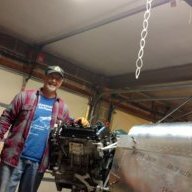

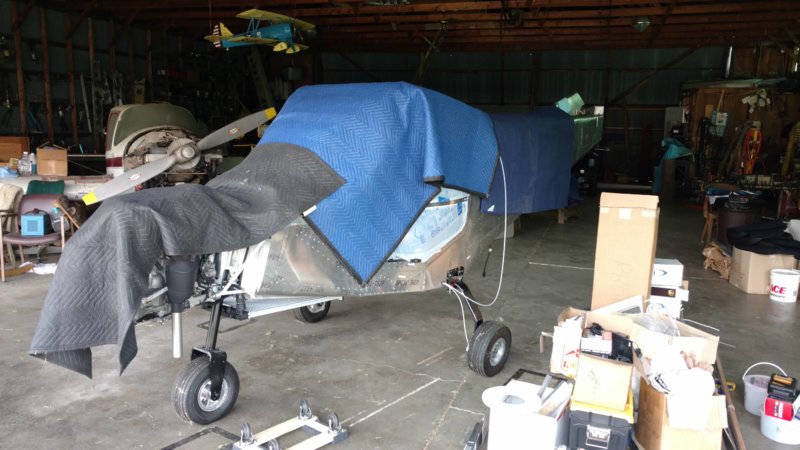
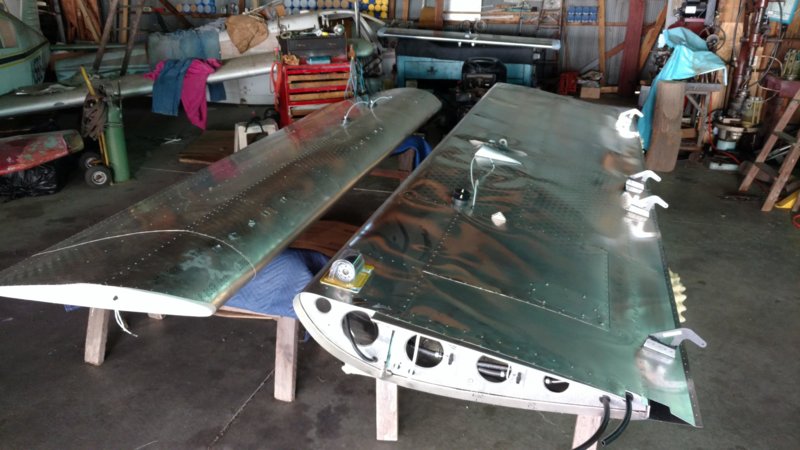
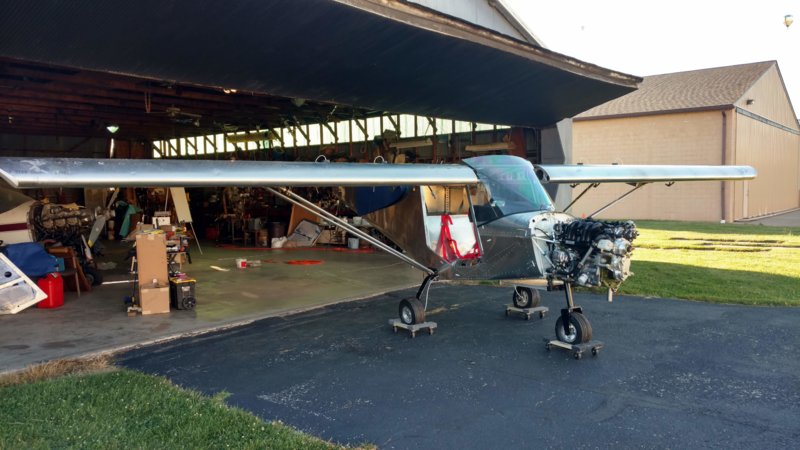
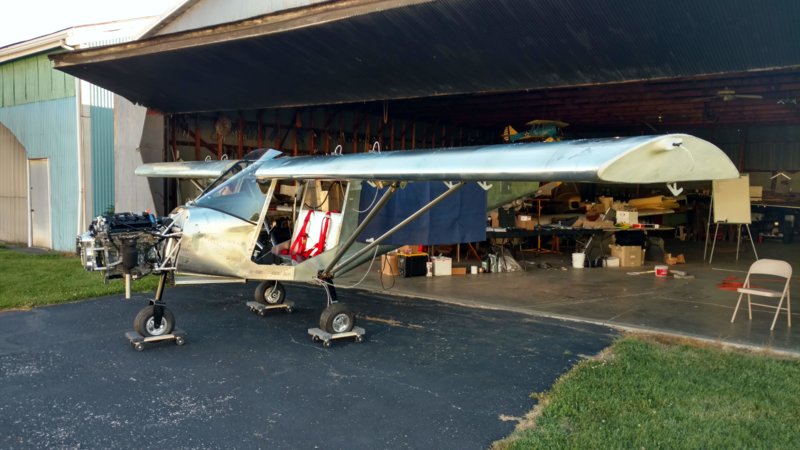
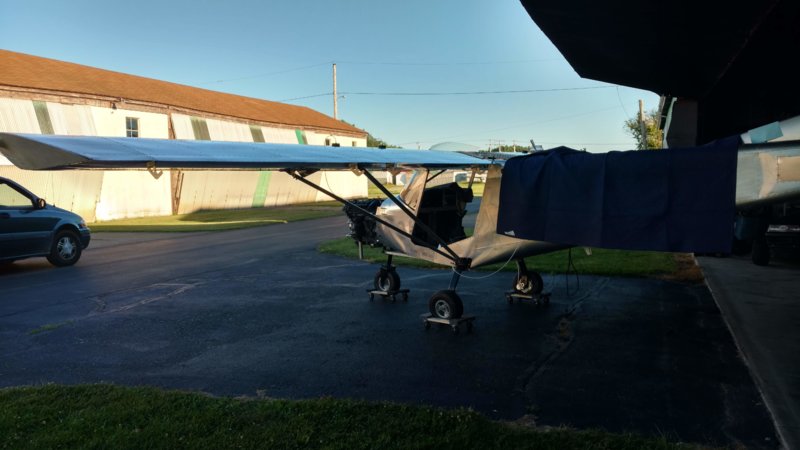
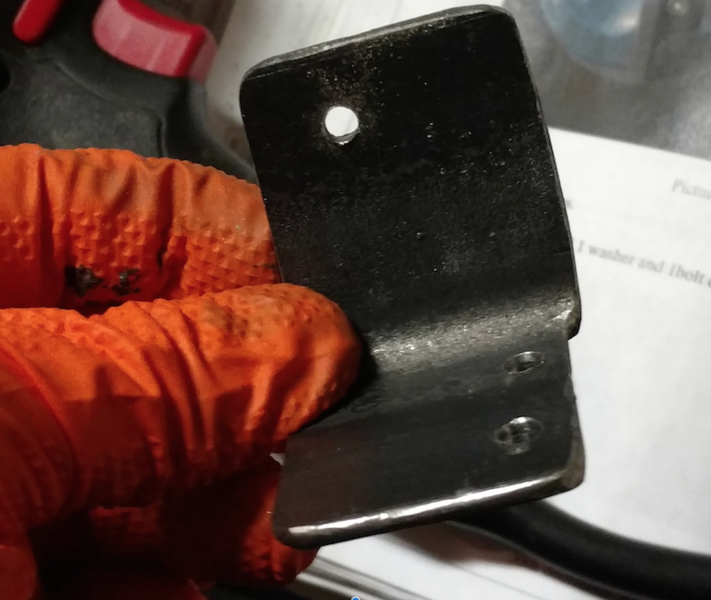
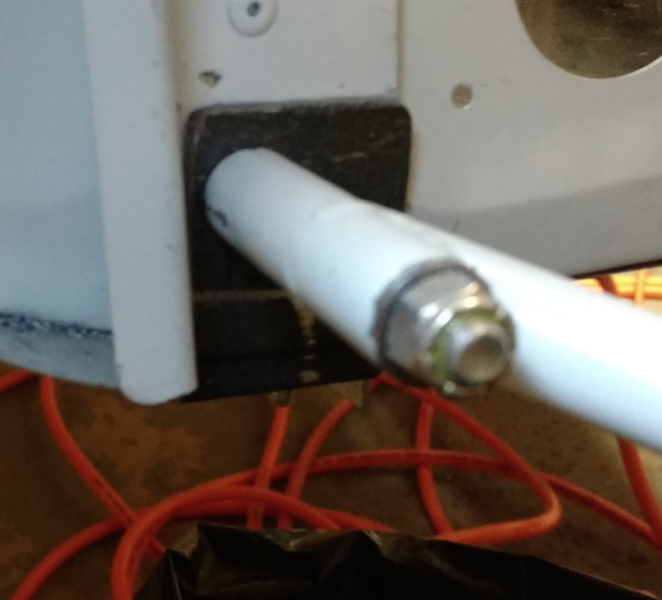
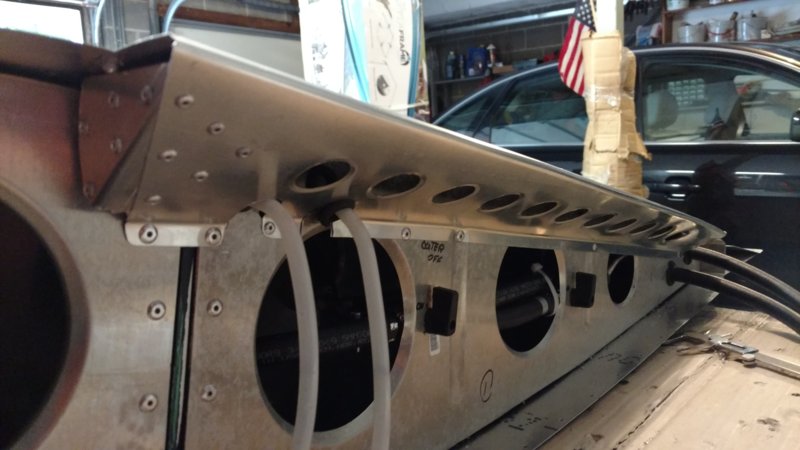
Savannah S with Viking 130
in Aircraft General Discussion
Posted
Well the Savannah is flying and the engine is just humming along. So far and I've on got a little over 5 hours of flight time on her, I think I've made a great choice for my engine. That viking 130 really kicks you in the butt when you add power for takeoff. The climb is unbelievable and I still don't know what the top end speed is yet. I did do some slow flight and power off stalls to verify handling characteristics before going in to do landings. She is as docile as can be. I saw 29 mph during a clean "stall" and the airplane never broke. She just kind of settled in that nose high attitude perfectly controllable. To come out of that I just ease the stick forward a tad and we were flying again. The speed may be somewhat different than what I am seeing as the pitot system cannot be very accurate with that high angle of attack. In the pattern I have done quite a number of landings with very predictable results. The airplane just handles so well. Kind of point and go. As I get some performance numbers i will post them here but so far I have to say I am very happy to have built the Savannah and to have chosen that Viking engine. Starts and shutdowns are smooth and quiet. No nasty vibration and none in flight either. Flying again in the morning, can't wait!!